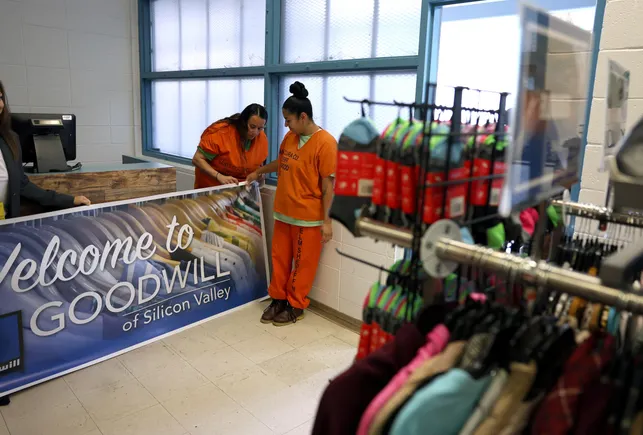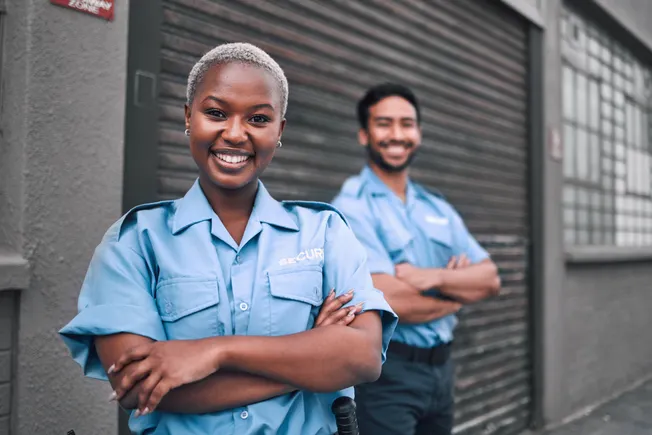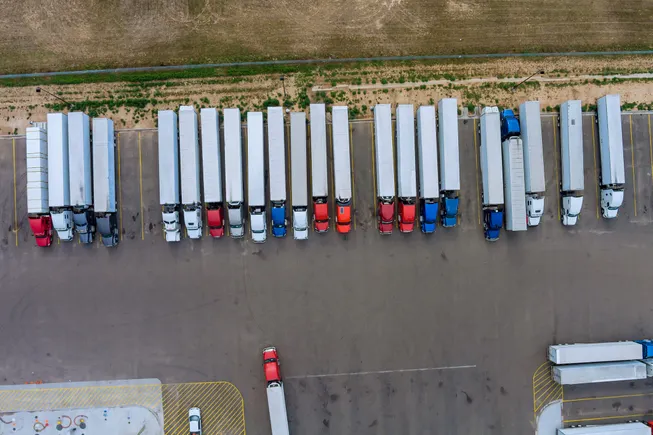Steve Preston is CEO of Goodwill Industries International.
Beyond the enormous benefit to individuals and their families, employers seeking to fill critical roles find second-chance hires to be, on balance, loyal and productive employees.
Recent research indicates that both HR professionals and other business leaders said second-chance hires perform the same or better than traditional employees.
There is great value to our entire society in helping people succeed. The financial burden includes the direct cost of incarceration, which is about $80 billion a year, the broader costs of the justice system, foregone tax revenue and the impact of lost wages and increased support costs for families.
Focus on potential
My own understanding of human potential deepened after I joined Goodwill Industries International and began hearing the remarkable stories of individuals who transformed their lives following repeated convictions, addiction or other major life challenges.
On my very first visit to a local operation, I met “Michelle,” an impressive and confident leader in our South Bend, Indiana, career center. She shared the story of her life before Goodwill, which was full of brokenness and desperation. Following years of abuse, drug addiction, drug dealing and multiple incarcerations, Michelle was instructed to go to Goodwill as part of her re-entry process. She shared her ability to rewrite her story into one of healing, hope and transformation. The relevant support, guidance and compassion she received was essential to turning her life around.
There are thousands of stories like Michelle’s that affirm that struggling individuals can achieve a different future with personal commitment and the right kind of support. Nonetheless, the statistics are discouraging and bolster a public narrative that leads people to believe that investment in people will yield little value for themselves or society.
Provide support
According to the Bureau of Justice Statistics, 68% of those incarcerated are rearrested within three years of their release, and this cohort experiences higher rates of homelessness, mental illness and substance use.
Many people re-entering society have experienced significant challenges prior to and throughout their time in incarceration. These challenges are often unresolved or even exacerbated when they re-enter society. They may continue to deal with the struggles of their past, lack basic support to stabilize their lives and need training and skills to succeed in the workforce. Just as athletes who overcome significant injuries require time, targeted training and consistent coaching to win again, people who are working to overcome great life challenges need a different version of the same things.
When people receive the same support, the data tell a different story. Through my work, I see the evidence every day. One of our own programs offers re-entry services to justice-impacted individuals, helping them stabilize their lives, receive support for issues and barriers, and attend training to succeed in the job market. Since 2016, participants in this program have experienced a year-one recidivism rate of only 5%, far below the national average of just over 40% in the first year after release. A recent two-year evaluation of the program found that 81% of Goodwill participants completed training to equip them with the skills needed for employment and career advancement.
My most inspiring moments are those conversations with people who have moved beyond their darkest times and now say: “I never thought I would own a home” or “I got my kids back and now I can give them things I never had” or “I look at who I am and what I can do through an entirely new set of eyes.”
Fortunately, there is an army of people in our justice system and in nonprofits, research institutions, businesses and communities who care deeply about the futures of justice-involved individuals and are working to make a difference. As a result, countless people like Michelle have been able to transform their lives. And each of these success stories strengthens our communities, creating a legacy of hope for future generations.






Leave a Reply